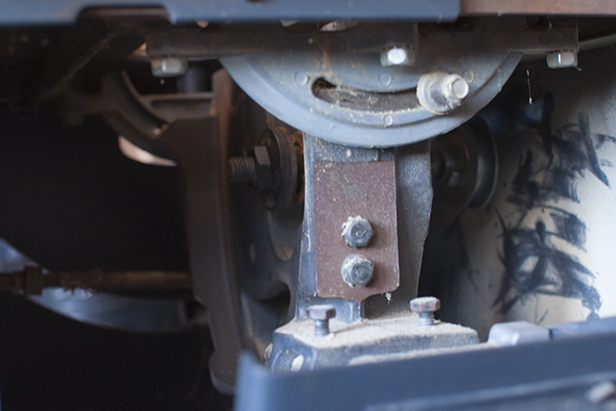

Apples to apples.ģd Printing concrete….You mean slip forming? That thing that was patented in 1907 the method that was used to quite literally “print” the CN Tower in the 70’s. Let me get this straight, something that is subtractive and makes more waste is better than something additive?Īnd sorry we are comparing the same thing, tools that allow a human to build things. Once a 3d concrete printer with proper rebar reinforcement is developed I would love to see you build a house faster than it on a similarly scaled table saw. Sorry to break it to you but the robots are taking over.Ĭase in point I printed a 9x5圆.5 inch tooling mold last night that is way to intricate to build on a table saw, and with a 1.2 mm nozzle did it in 2 hours.

But let me rephrase “a new 3d printer is 1000% more useful than a worn out table saw with a worn-out motor.”īesides a sufficiently large 3d printer with a linearly scaled filament diameter and nozzle diameter, or linearly scaled number of nozzles would still be better at making a door than a table saw and require way less man hours to do it. Yes you could rebuild them with a mill and lathe.

The assumption was these tools were worn out and past their life. Ooh I really russled some jimmy’s with that comment. It’s absolutely possible to 3d print an ornate clock from PLA, but I don’t think anybody could argue that the result is the same as a hand-crafted cherry wood clock. Personal preference of materials is another consideration. Plus, you know, my wall wouldn’t fall down. On the other hand, I can trim a stock 2×4 to length much faster than I could print something with the same dimensions. A 3d printer can absolutely crank out intricate filigree, gears, or any high-tolerance part faster than somebody could scribe them by hand. On the opposite end of the spectrum, cut/mill time is more or less linear (relative to the number of linear feet) with overhead to set up for every operation. Print times grow linearly based on material required – additional assembly increases it further. The suggestion was to compare throughput between the techniques – aside from some recent advances in resin-based 3d printing, throughput is absolute crap. Yes – it’s possible to construct a sufficiently narrow definition of a contest that either would be guaranteed to win. Posted in Tool Hacks Tagged 3d printer, craftsman, laser cutter, laser engraver, table saw Post navigation They’re still a solid piece of metal, though, and refurbishing the frames into useful tools is probably the best thing you could do with them.
#USE OLD CRAFTSMAN TABLE SAW PROFESSIONAL#
They’re not professional cabinet saws, they just look really pretty. While this may look like a waste of two beautiful tools, keep in mind these are equivalent to contractor saws you can pick up at Home Depot for $500 today. For the laser cutter, the focus adjustment is the same knob that used to lock the blade at an angle. There’s a lot of creativity in this build the electronics for the 3D printer are tucked away in the shell of the old motor. Inside each chassis, the rails, belts, and shafts that make up a Cartesian bot are installed, and the electronics are tucked gently inside. Both of these machines use Craftsman table saws from the early to mid 1950s for the chassis. The build logs for the laser engraver and 3D printer are pic heavy and text lean, but there’s enough detail to make a few educated guesses.
#USE OLD CRAFTSMAN TABLE SAW HOW TO#
No one has yet figured out how to build a 3D printer or laser cutter out of several hundred pounds of cast iron, so until then will lead the charge modifying old table saws into these modern machine tools. The 3D printer and laser cutter are the tools of the future. Somehow or another, the modern hackerspace isn’t centered around table saws, drill presses, band saws, lathes, or mills.


 0 kommentar(er)
0 kommentar(er)
